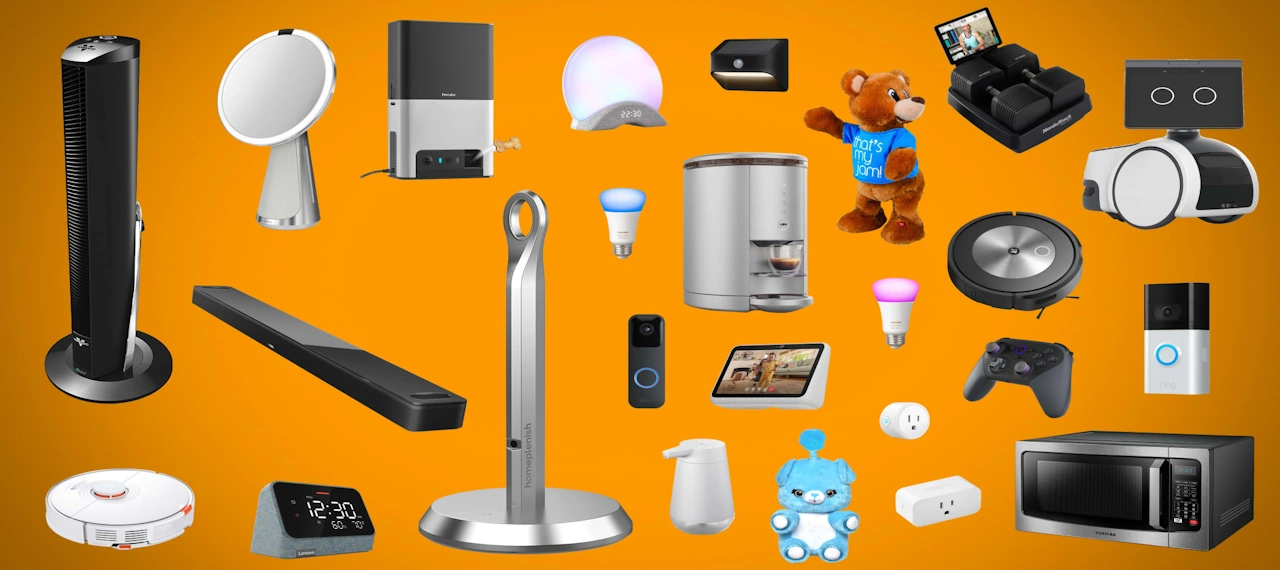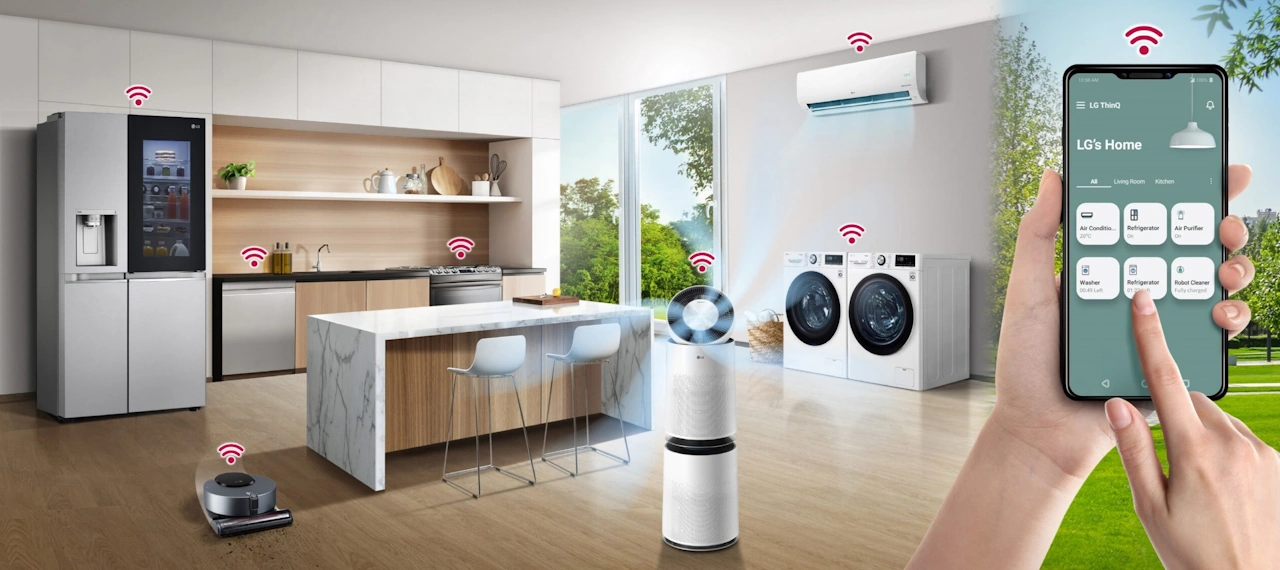Ensuring Smart Home Security: How to Determine the Security of a Smart Home Device
With the increasing popularity of smart home devices, security concerns have become a paramount consideration for homeowners. It’s essential to ensure that the devices we bring into our homes are secure and protect our privacy. In this guide, we will explore key factors to consider when evaluating the security of a smart home device, empowering you to make informed decisions and create a secure smart home environment.
Manufacturer Reputation and Trustworthiness
One of the primary indicators of a secure smart home device is the reputation and trustworthiness of the manufacturer. Research the manufacturer’s track record in the industry. Look for established brands with a history of delivering reliable and secure products. Check for certifications and security standards they adhere to, such as the UL (Underwriters Laboratories) certification or compliance with the IEC 62443 standard for industrial cybersecurity. Additionally, consider the manufacturer’s commitment to security updates and their responsiveness to vulnerabilities by regularly releasing firmware updates and addressing security concerns promptly.
Encryption and Data Protection
Data protection is crucial when it comes to smart home devices. Look for devices that use strong encryption protocols, such as Secure Sockets Layer (SSL) or Transport Layer Security (TLS), to ensure that data transmitted between the device and connected apps or cloud services is encrypted and protected from unauthorized access. Additionally, check if the device stores sensitive data locally or in the cloud and what security measures are in place to safeguard that data. Privacy-focused features like end-to-end encryption and two-factor authentication provide an added layer of security and should be considered when evaluating the security of a smart home device.
Regular Security Updates
A key aspect of maintaining the security of smart home devices is receiving timely security updates from the manufacturer. Look for devices that have a history of regular firmware updates addressing security vulnerabilities. Manufacturers that are committed to security will typically release updates to patch vulnerabilities and address emerging threats. Consider devices that offer automatic updates or have mechanisms in place to notify users about available updates. Timely updates ensure that any identified security vulnerabilities are patched promptly, minimizing the risk of exploitation by potential attackers.
Third-Party Audits and Certifications
To gain further assurance about the security of a smart home device, look for products that have undergone third-party security audits or received certifications from reputable organizations. Third-party audits involve independent security assessments of the device’s design, architecture, and software. Certifications from organizations like the Wi-Fi Alliance, the Zigbee Alliance, or the Thread Group indicate that the device has met specific security standards. While certifications alone may not guarantee absolute security, they provide an additional level of confidence that the device has undergone rigorous testing and meets recognized security benchmarks.
In Conclusion
Ensuring the security of smart home devices is vital to protect your privacy and maintain a safe digital environment. By considering factors such as the manufacturer’s reputation, encryption and data protection measures, regular security updates, and third-party audits or certifications, you can make informed decisions when selecting smart home devices and create a secure and reliable smart home ecosystem.


